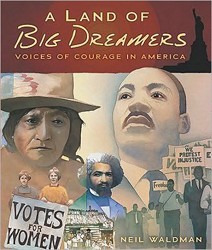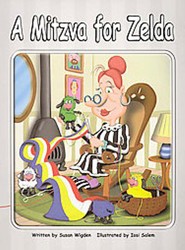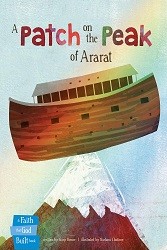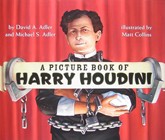By
– January 30, 2012
This picture book for young readers begins with a captivating story. The author calls the main character, “The Busy Princess” as she is given many important jobs in the kingdom by her father, the king. She is no ordinary spoiled princess who spends her time on frivolous matters such as looking in the mirror all day, counting her money, or playing with golden toys. This princess was in charge of the kingdom’s library and garden. But doing these important jobs properly is impossible while wearing her stuffy royal clothing. For instance, when shelving the books in the library, her crown would fall off, and when watering the garden, her long gown would get caught in the hose. “The Busy Princess” decides to ask her advisors for ideas for new clothing that would eliminate her problems while she performed her jobs. She gets many interesting suggestions and when she tries some of them, the people of her kingdom do not recognize her and give her the proper greetings and respect deserving of a princess. She does try many lovely outfits and designs from different cultures of the world, but she becomes confused with so many choices. The end result of her clothing choice is modern and modest, and she sports the typical look of a young observant girl. At the end of the book, the author states that this princess is Jewish and her king is Hashem. The disappointment for this reader was the abrupt change in the rhythm of the story when it concludes. After the fun of the many clothing choices shown both on the princess and in drawings, we see her at the end of the story dressed as a modest girl with long sleeves, tights, a headband, a cape, and a lollipop-looking scepter. The words on the page showing this outfit and our princess are: “From then on, everyone could see exactly what was fit for a princess.” The last page shows a proclamation on parchment saying: “Dear Jewish Daughter, We can be proud to dress in our own unique way, because we are all daughters of Hashem, our King.” So, suddenly, what seemed to be a delightful fairy tale turns moralistic and preachy. This book could have been more successful with a subtler message. Ages 3 – 6.
Elaine Harris has been a pre-school teacher at South Peninsula Hebrew Day School in Sunnyvale, CA for 15 years.





